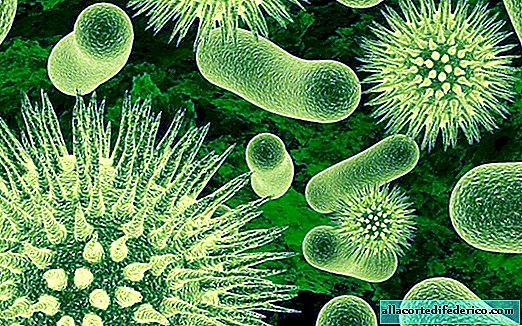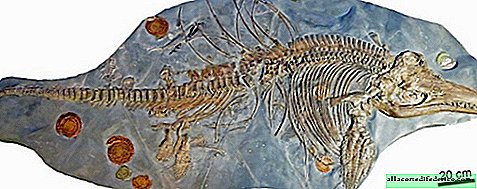Viroids and prions: what is known about the "younger brothers" of viruses
We all know in general what viruses are. These are particles invisible to the eye that infect living cells and damage the entire body. But viruses are not the only villains that cause a stir in our bodies. There are other infectious agents - viroids and prions, which are also tiny, but powerful enough to bring a lot of problems. Let's get to know them better (in theory, of course, in practice we don’t need them for nothing!).
Infectious saboteurs
First of all, it should be noted that all three - and viruses, and viroids, and prions - are cell-free particles. What does this mean? They do not consist of cells, do not transform energy, cannot reproduce themselves, do not grow and do not divide. And also they can only be seen with an electron microscope.

The only goal of viruses, viroids and prions is reproduction, and the only way to achieve this goal is to capture host cells, creating new particles. These particles can cause disease in plants, animals and people, they even influenced the history of life on Earth, changing the DNA of various organisms.
Three cheerful friends
Now let's take a closer look at all three types of infectious agents.
The virus is a package of genetic material - deoxyribonucleic or ribonucleic acid (DNA or RNA). As soon as the virus invades the cell, action begins. A virus can infect a cell in several ways: through physiological fluids (such as saliva or blood), air (sneezing or coughing), or a mosquito bite. Then the virus starts an attack to take control of the cell. It begins to interfere with the normal functioning of the cell, and in some cases inserts its genetic material into its DNA. Despite the fact that the body has natural protection against viruses, many viral infections multiply so quickly that our immune system simply can not cope. Antibiotics against viruses are useless, although immunization can help.

A viroid (an infectious RNA molecule) is similar to a virus, but not quite the same. It is smaller than the virus and is a coiled, “naked” RNA molecule that can affect the cell and spread through seeds or pollen. Victims of viroids are plants in which this "enemy agent" can affect the plant's ability to produce the necessary proteins. Discovered by scientists in the 1970s, viroids affect crops such as tomatoes, potatoes and fruit trees. They do not cause human disease, but can lead to crop loss.
Prions (infectious protein particles) have neither DNA nor RNA to transmit infection. Little is known about them, but we know that prion is an abnormal or mutated form of a usually harmless protein. When this normal protein becomes prion, it can cause some fatal neurodegenerative diseases of the brain. The most famous disease caused by prions is mad cow disease (the human form is Creutzfeldt-Jakob disease).
When prions enter the brain, they force normal cellular proteins to begin to form in abnormal forms. This destroys neurons and ultimately leads to the brain becoming riddled with holes in the truest sense of the word.

















